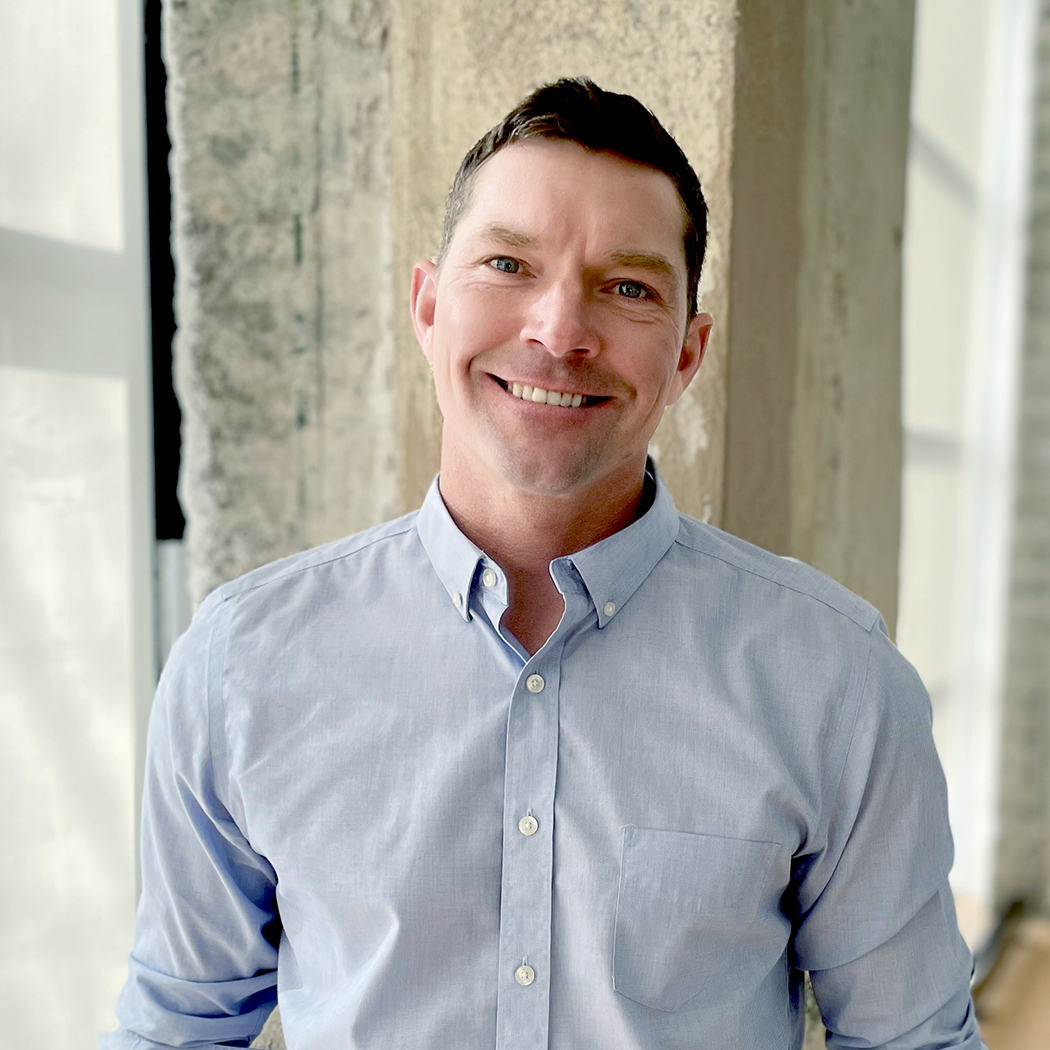
Max Lehman, PE, SE
Principal
Max received his Bachelor of Architectural Engineering and Master of Architectural Engineering degrees from Kansas State University. He is a licensed Professional Engineer in Colorado…
View ProfileWhile there have been many experiences that have shaped me as an engineer, I believe that the ones that have benefited me the most have been the times where I’ve been the one pounding nails.
I can remember when I started my engineering career. Oh, how the late nights at the office added up! I was happy to put my time in and there never seemed to be a shortage of new learning experiences. My education got me off to a great start, but it seemed like there was always an unfamiliar reference or code. Even when I managed to find what I was looking for, it was like interpreting a second language. Not to mention the hours of head scratching I spent when a contractor needed a repair. I often had to consult with one of my mentoring engineers, who would quickly provide a solution within minutes. Then there were the hours…lots of hours…spent outside of the office studying to pass my Professional Engineering Exam. All of these experiences have helped me grow as an engineer, but I’m starting to realize that in order to be a great engineer, I need to think more like a contractor.
As engineers, we sometimes get carried away with the numbers, only to find out later that we really didn’t think about the construction process as a whole. I’ve spent many hours crunching the numbers with very little thought as to how it would impact getting that bolt in, or making that weld. Honestly, it took actually going through the construction process myself to help me better understand the impact of the numbers.
At one time during college, I was on a framing crew as a laborer. Lifting 3/4″ plywood up to the second floor all day makes for a great work out, but it also gave me a newfound appreciation on how buildings get built, sometimes with brute force. There is nothing like being a laborer that will make you take a closer look at member size and material thickness. And in the past couple years when our office took a hands-on welding course, it made me realize how much easier it is to draw a multi-pass or overhead weld than it is to actually make one.
Even now I continue to benefit from taking a hands-on approach. Recently I embarked on designing and building my own carriage house on my property. I’m building the entire thing on my own; framing, siding, roofing; the whole shebang. Admittedly, it is a bit overdesigned (but hey, what engineer wouldn’t for their own building). While pounding nails for my own overdesigned building, I was quickly brought back to reality when the nail spacing got the better of my arm. Lesson learned.
While engineering experience can be gained in a number of ways, there is no better teaching tool than a hands-on experience. If you ever have an opportunity to take a class, volunteer for habitat for humanity, or tackle that remodel; I encourage you to pull up your sleeves and pound some nails.

Are you passionate about the AEC industry? Do you want to use your talents with a group of the greatest engineers, landscape architects, technicians and support personnel in the industry? You've found the right place. Wallace is unique in the way we strive to make lives better for our clients, communities and employees. And we believe we have more fun doing our job than just about anyone else! The art of possibility. Discover it at Wallace.
Learn More
There are no comments.